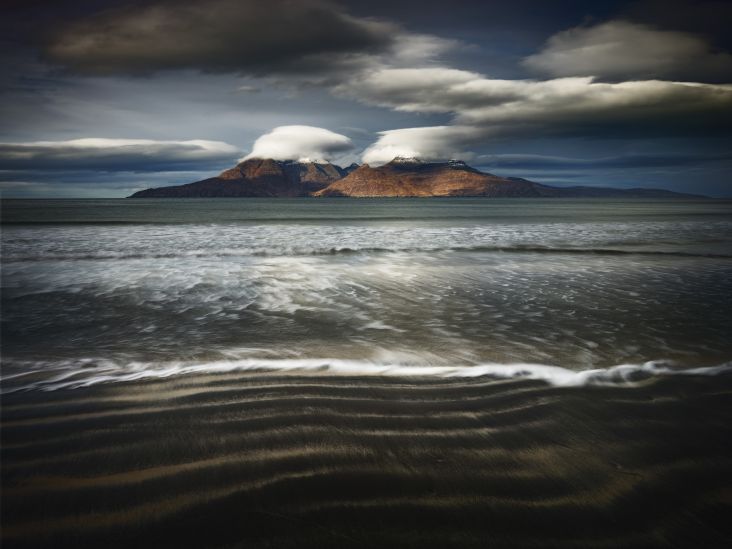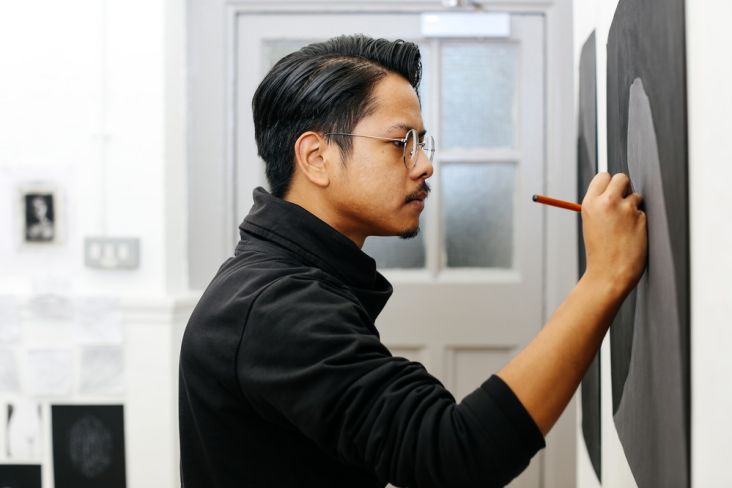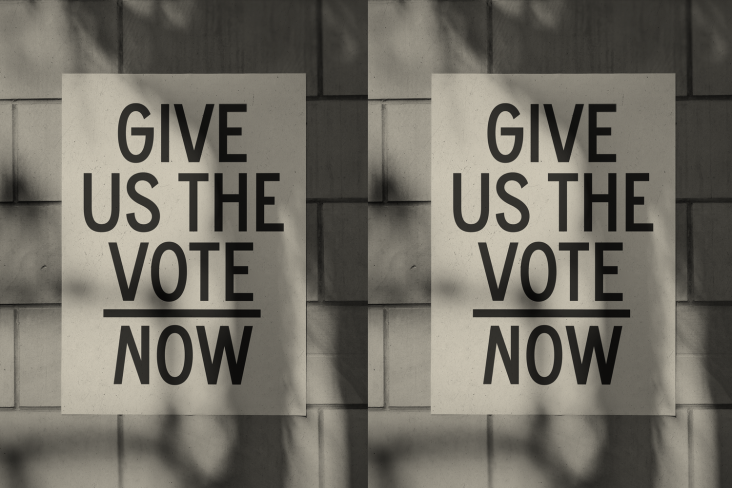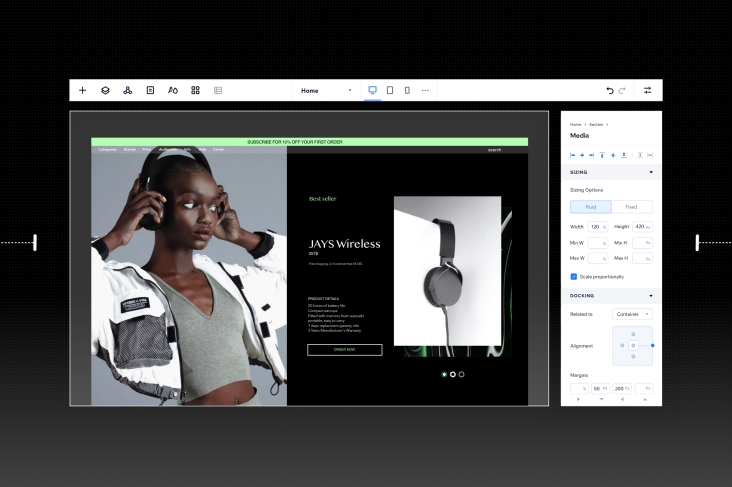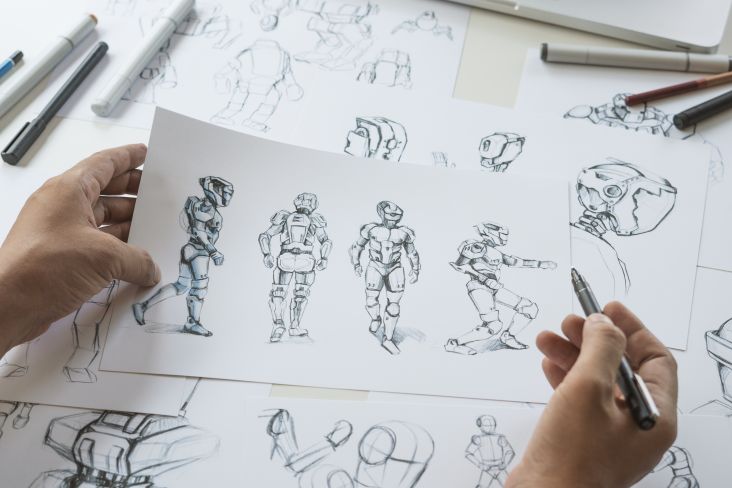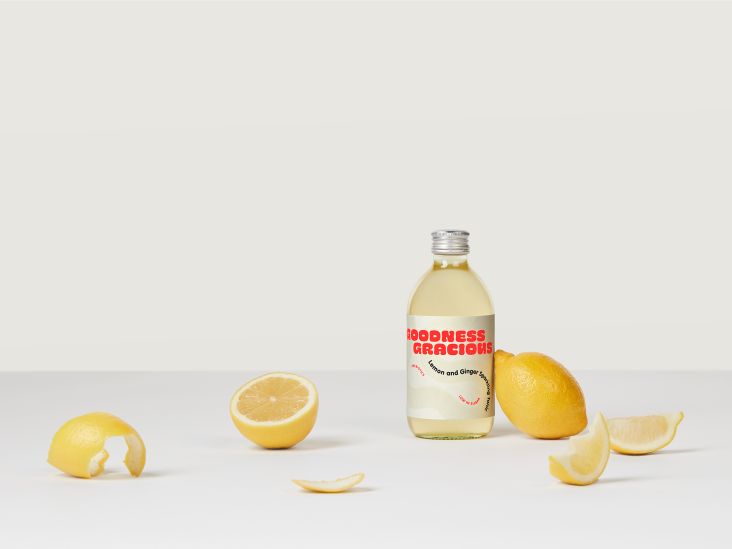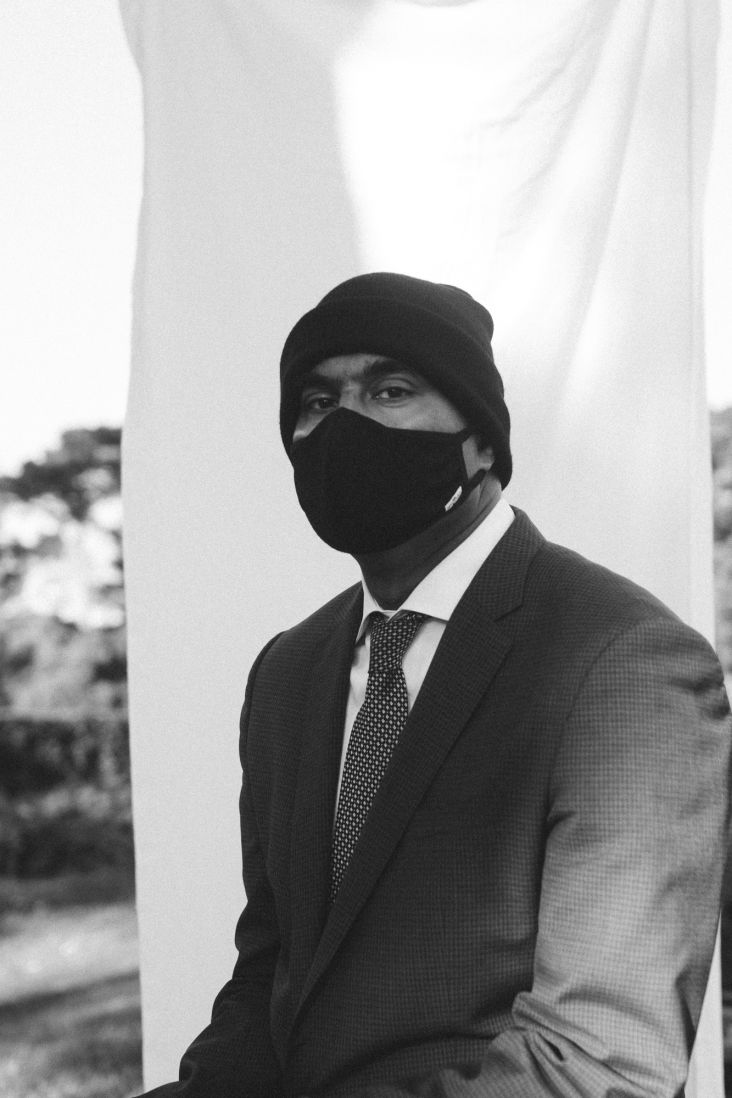The story behind Studio PI, the agency founded by Sachini Imbuldeniya that champions the underrepresented
It's been almost eight months since the UK Government's All-Party Parliamentary Group for Creative Diversity found that certain sections of society are vastly underrepresented in the industry. That is, women, people of colour, people living with disabilities, and people from a working-class background.
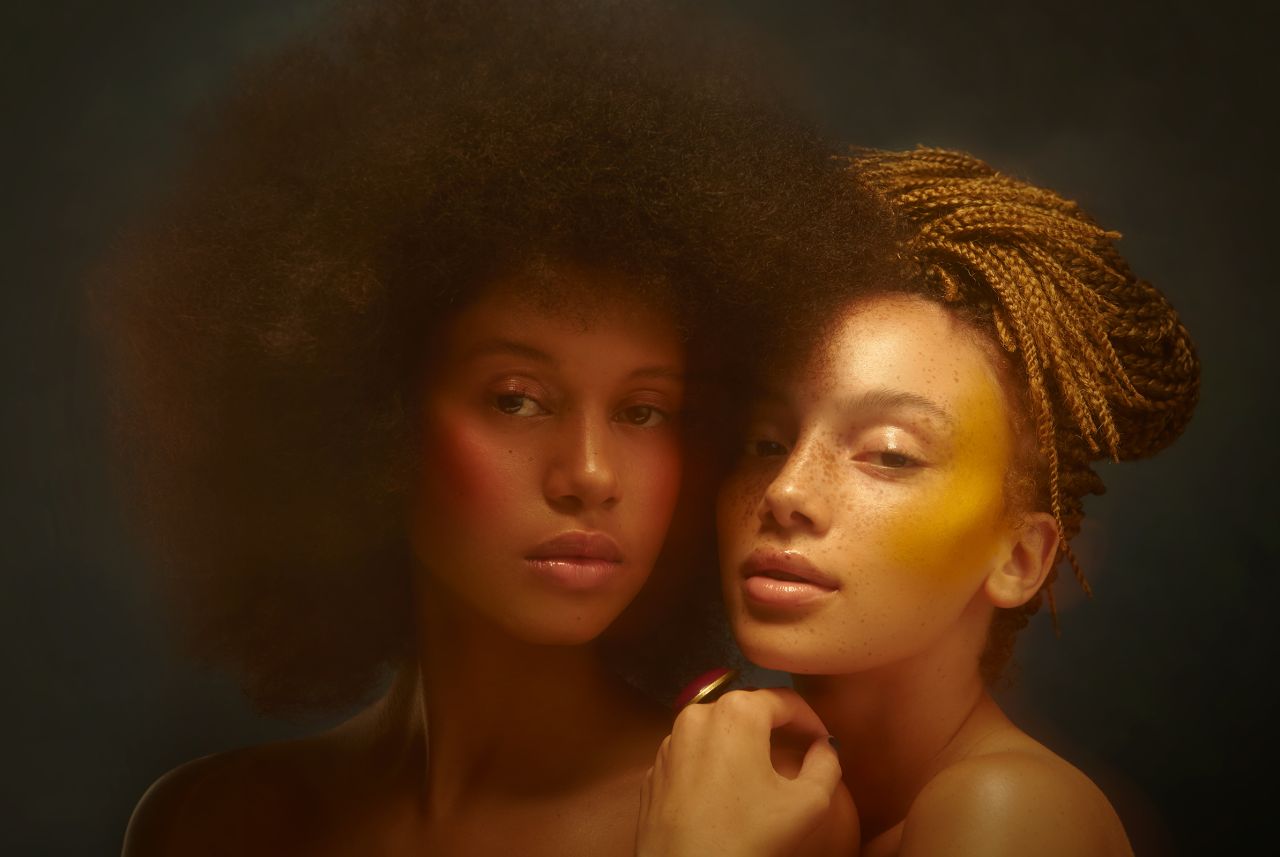
© Chantel King. Courtesy of the artist and Studio PI
Sachini Imbuldeniya happens to fall into all four of these groups. And having worked as a designer, art director and creative director for many years, she's sadly had to overcome plenty of obstacles to get to where she is today. She has also seen and witnessed so many injustices during her career and experienced astonishing discrimination that finally, after no longer able to keep silent; she has decided to do something positive about it. Not just for herself, but the "sake of future generations".
Last October, Sachini (with the backing support of News UK) launched Studio PI, a photography and illustration agency that champions the underrepresented. The accessible platform aims to challenge the status quo and promote equality and celebrate diversity.
We caught up with Sachini to find out more about Studio PI, how things are going since its launch, and hear more about the photographers and illustrators on its roster so far.
You mentioned it'd taken you a while to share your experiences in the creative industries. Can you tell us about any of them?
I've spent the past 15 years working as a designer, art director and creative director across various publications and agencies. I studied Graphic Design at quite a diverse London university but was one of a handful of students that managed to get a job in the industry, and even that was down to being in the right place at the right time.
As a result, I have always felt like "one of the lucky ones". I'm one of the few minorities that made it into the world of media. So for years, I decided to keep my head down and tried my best to fly under the radar, as I was afraid of doing or saying something that might jeopardise a career that I fundamentally loved.
But throughout those years, I witnessed so many injustices and have personally experienced discrimination at every level. And in all of those instances, I just bit my lip, put on a brave face and carried on.
A few examples come to mind. When I was told that I wasn't allowed to put a black man on the front cover of a national magazine - with the rationale being - "what would middle England think?". I was also asked if it was okay to "Photoshop my hands white" because they looked nice but were too brown to appear in print.
I was once hauled into an editor's office and asked to "contact my people back home to investigate the sudden boom in the Indian sex toy industry" despite not being Indian, not being a journalist and not having any great knowledge of the world of sex toys.
I was told by another editor that I wasn't allowed to spend my lunch hour with a fellow ethnic colleague because she was "too junior" to me and if I was seen hanging around with "inferior" people I would never make it to the top. I was once shouted at because someone mistook me for the "other Asian girl" on the floor. And, of course, getting paid significantly lower than my white, male, middle-class peers despite having the same level of experience.
Even though I lived through those experiences and many more, reading them aloud still shock me to my core. I think more than anything; I'm ashamed that I didn't speak up at the time and in hindsight, I wish I had.
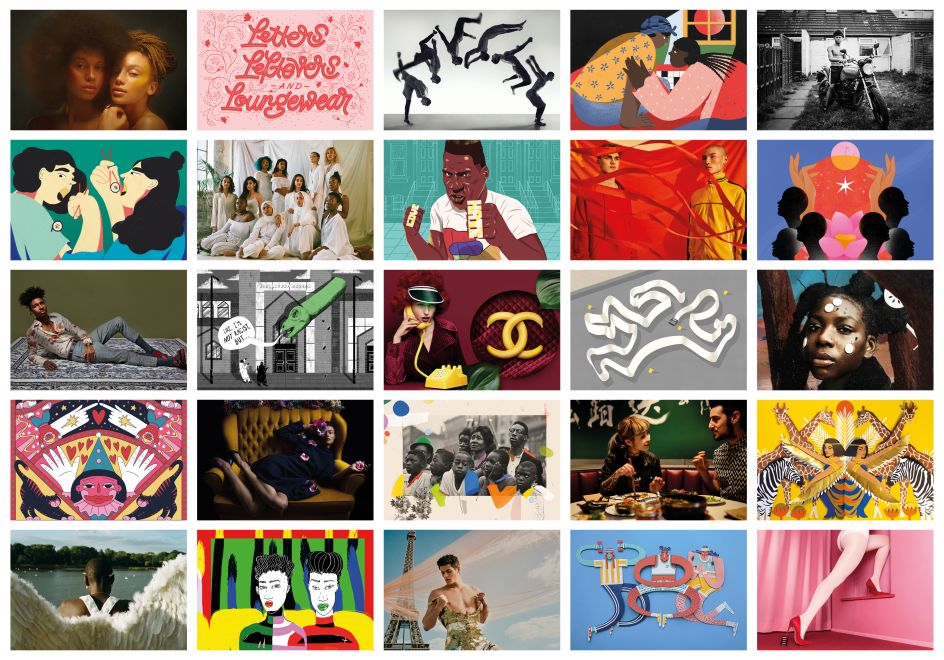
Studio PI
What was the turning point for you when you realised you could not remain silent any longer?
The media industry is difficult to navigate at the best of times, but it's even more challenging when you are an ethnic minority female from a working-class background. Over the years, I saw how junior members of staff were treated. Their voices were rarely heard or taken seriously, and having a severe lack of senior role models – that looked like you and sounded like you – in this sector, made it even harder to find someone that would understand your perspective and listen to what you had to say.
But on the day that I became a creative director, I decided that enough was enough and I owed it to the future generations of creatives to speak up finally. That was the first day I felt like my voice was being heard.
I wanted to use this opportunity to challenge the status quo, so I made it my mission to create an easily accessible platform that promoted equality and celebrated diversity. I wanted to give exceptionally talented underrepresented artists the right platforms to shine and create visual content that reflects the society we live in.
I pitched this idea to News UK. As a result, Studio PI was born: a photography and illustration agency that champions women, people of colour, people living with disabilities and people from working-class backgrounds. News UK invested in my vision, and we are committed to supporting exceptional under-represented talent, working to redress the imbalances and reshape the industry.
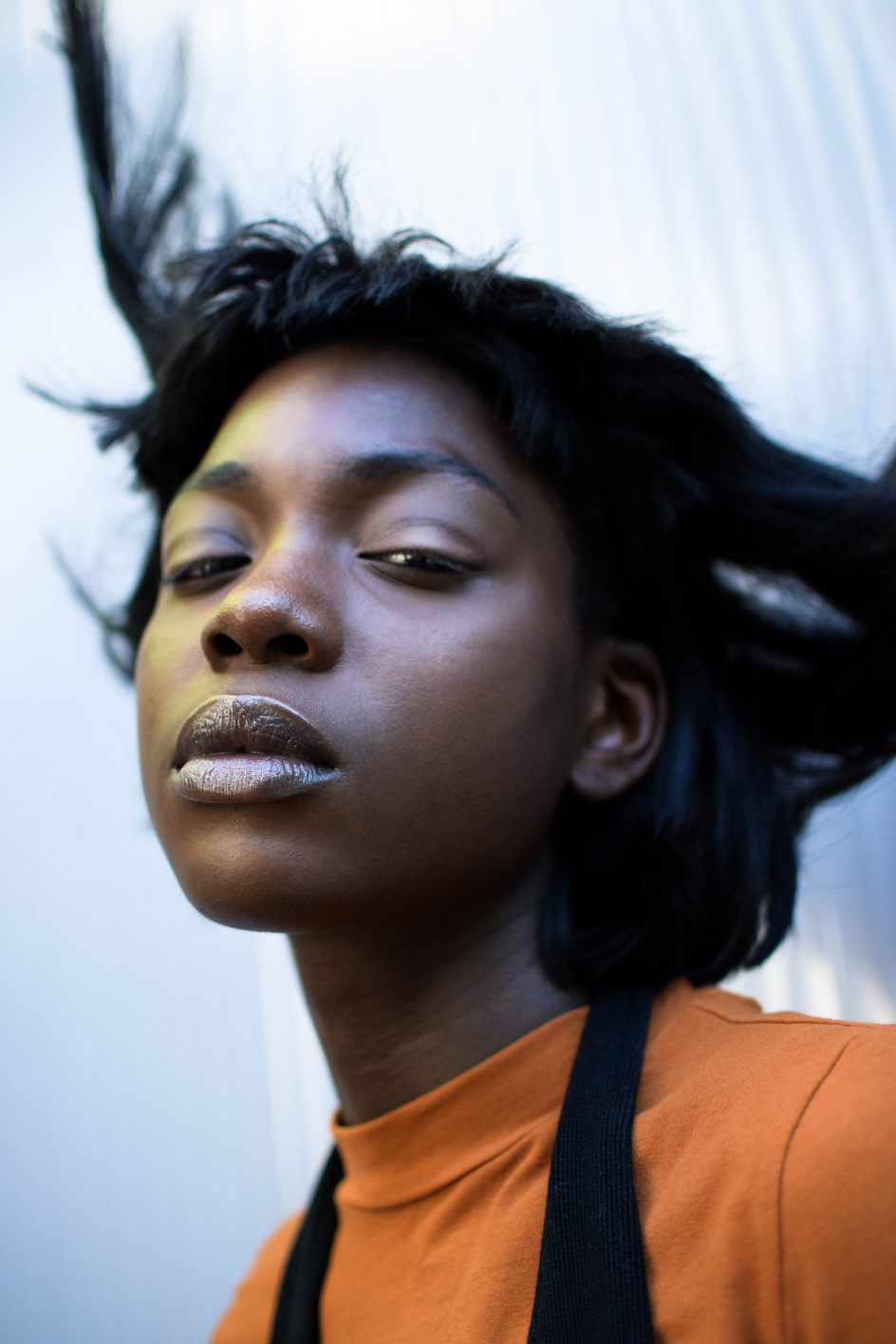
© Ejatu Shaw. Courtesy of the artist and Studio PI
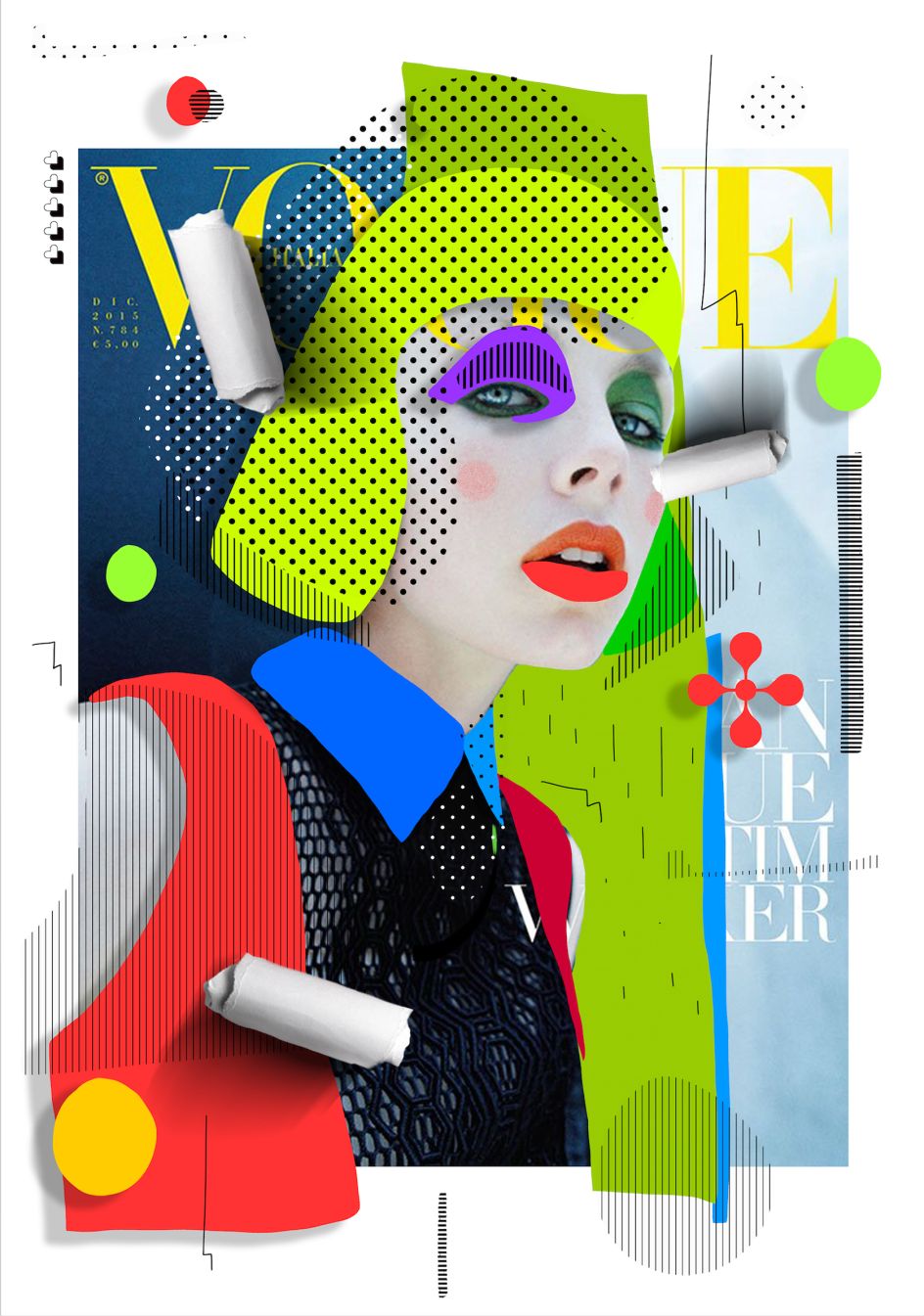
© Selman Hosgor. Courtesy of the artist and Studio PI
Have you felt things are positively changing after the BLM movement of 2020?
The death of George Floyd and the subsequent BLM protests have created an enormous shift in diversity. It's shameful that it took yet another tragic event to highlight just how deep the injustice goes. Still, this global movement has opened people's hearts, eyes and ears and made them more aware of their own privileges and the need for greater equality. It's fundamentally created an opportunity for us all to reset.
We need to ensure that we react to this new awakening in the best possible way so that it has a positive impact right now and on future generations.
A good example of this was Vogue's September issue featuring a cover by Misan Harriman – the first black man to photograph a cover in the magazine's 104-year history. It's astonishing it took so long, but what was also interesting was that Misan wasn't a fashion photographer, he was a documentary photographer, and he had only picked up a camera three years ago. But despite his lack of experience, Edward Enninful recognised his talents during the recent BLM protests and allowed him to shine on one of the industry's most powerful platforms. It helped elevate his career dramatically and provided him with the exposure he so rightly deserved.
We should all learn from this and make a conscious effort to champion those artists that bring a fresh perspective to our products and brands regardless of their race, education, experience and backgrounds.
This global movement has opened people's hearts, eyes and ears and made them more aware of their own privileges and the need for greater equality. It's fundamentally created an opportunity for us all to reset.
The other thing I would say (the most important thing) is to make sure that any support is not just a token gesture. There's a real risk that artists are considered a reflection of a specific time, or movements, such as LGBT+ artists being commissioned around Pride or female artists for International Women's Day. It doesn't have to be that way. The former Children's Laureate Malorie Blackman recently said: "To all those stuffing my inbox with requests to do stuff for Black History Month, please note I'm black all year round and happy to consider doing stuff all year round. You don't need to cram all your requests and activities into October".
And those words ring so true. My ultimate goal is to get to a point where agencies like Studio PI no longer need to exist because we live in a society with an equal playing field for all.
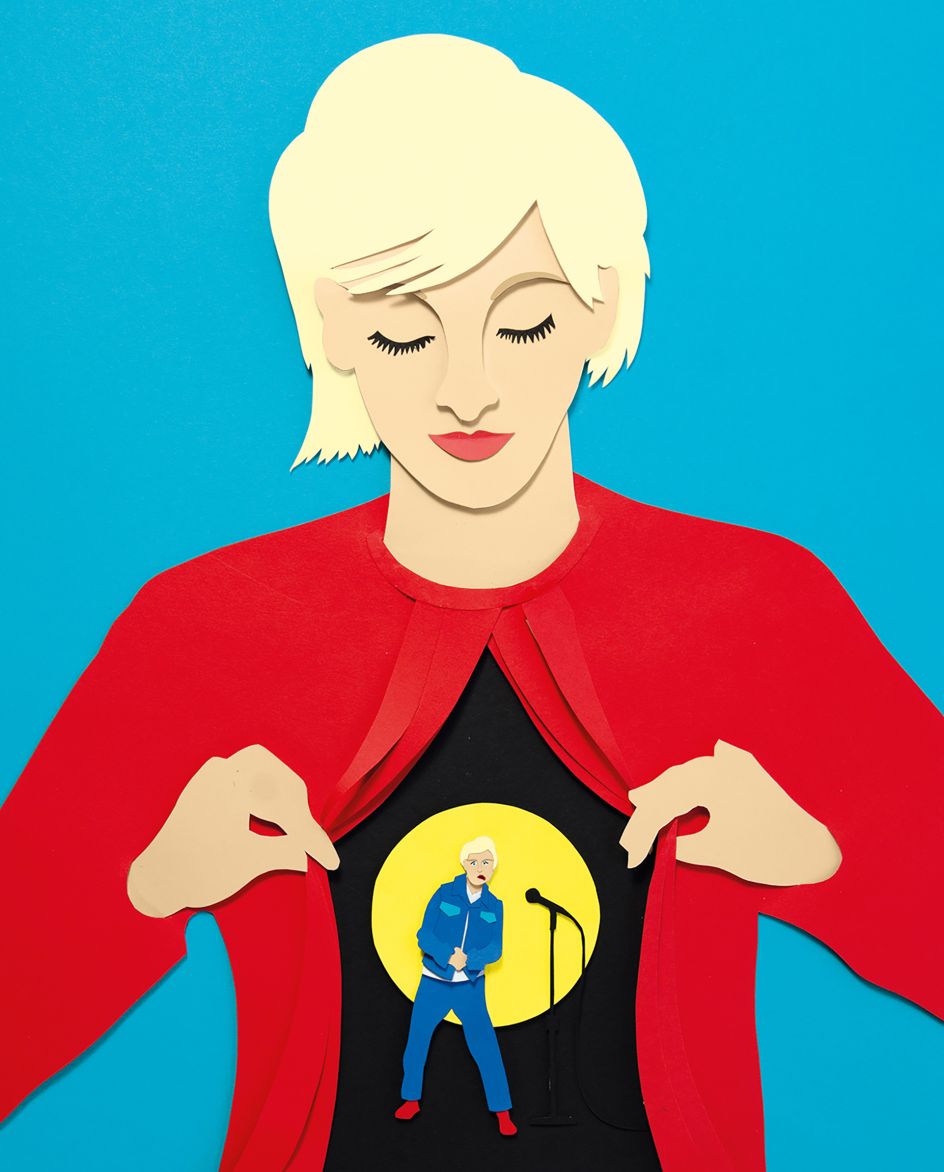
© Sinem Erkas. Courtesy of the artist and Studio PI
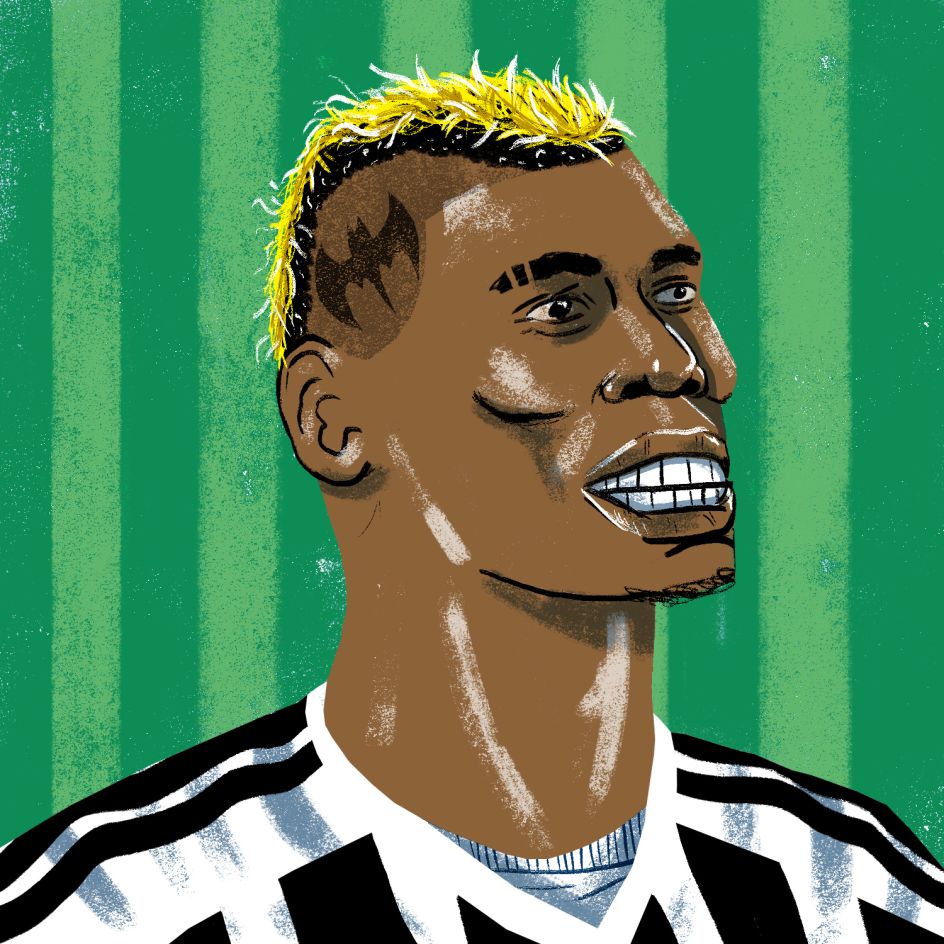
© Daryl Rainbow. Courtesy of the artist and Studio PI
What has been the industry reaction?
Starting a new business in the middle of a global pandemic is a difficult thing to do, but equality for me wasn't something that I felt could wait any longer. So we persevered despite the many hurdles that we knew we'd have to face. And four months on, I am so glad that we did.
So many art directors, creative directors and picture editors have shown their support by actively trying to diversify their content, and over the past four months, we have received more than 60 commissions including work for Calvin Klein, Samsung, Christian Louboutin, Volvo, Sky, Natwest, The FA, Eastpak, Stylist Magazine, The Guardian & Observer, GQ, Penguin and Time Out.
The media industry has been plagued with nepotism for far too long. Most people get a foot in the door based on who they know rather than how they good they are, and as the majority of senior positions across the sector are filled by white middle-class men whose social networks aren't diverse, underrepresented talent rarely stands a chance to get in. But I'm hoping that we have made it as easy and accessible as possible for commissioners to find diverse talent by launching Studio PI.
The panel of 50 judges included senior creatives from a variety of agencies and publications including Pentagram, Creative Review, The Economist, AMV BBDO, We Are Social, GQ, Hello Fashion, The Sunday Times, Stylist and more. The most wonderful thing about the judging process was seeing these industry experts acknowledge that there is a problem we need to address, and understanding that the only way we can solve it is by coming together and collectively taking responsibility to make the change.
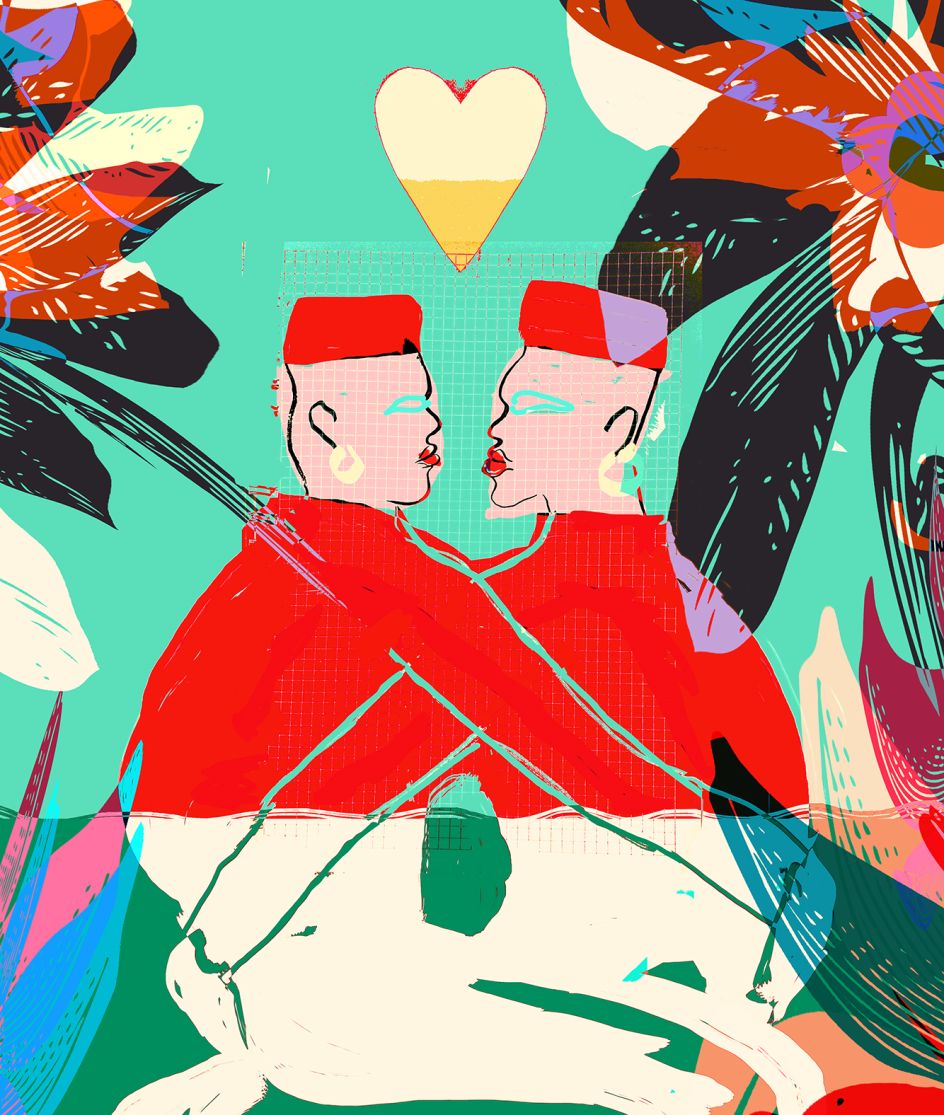
© Ngadi Smart. Courtesy of the artist and Studio PI
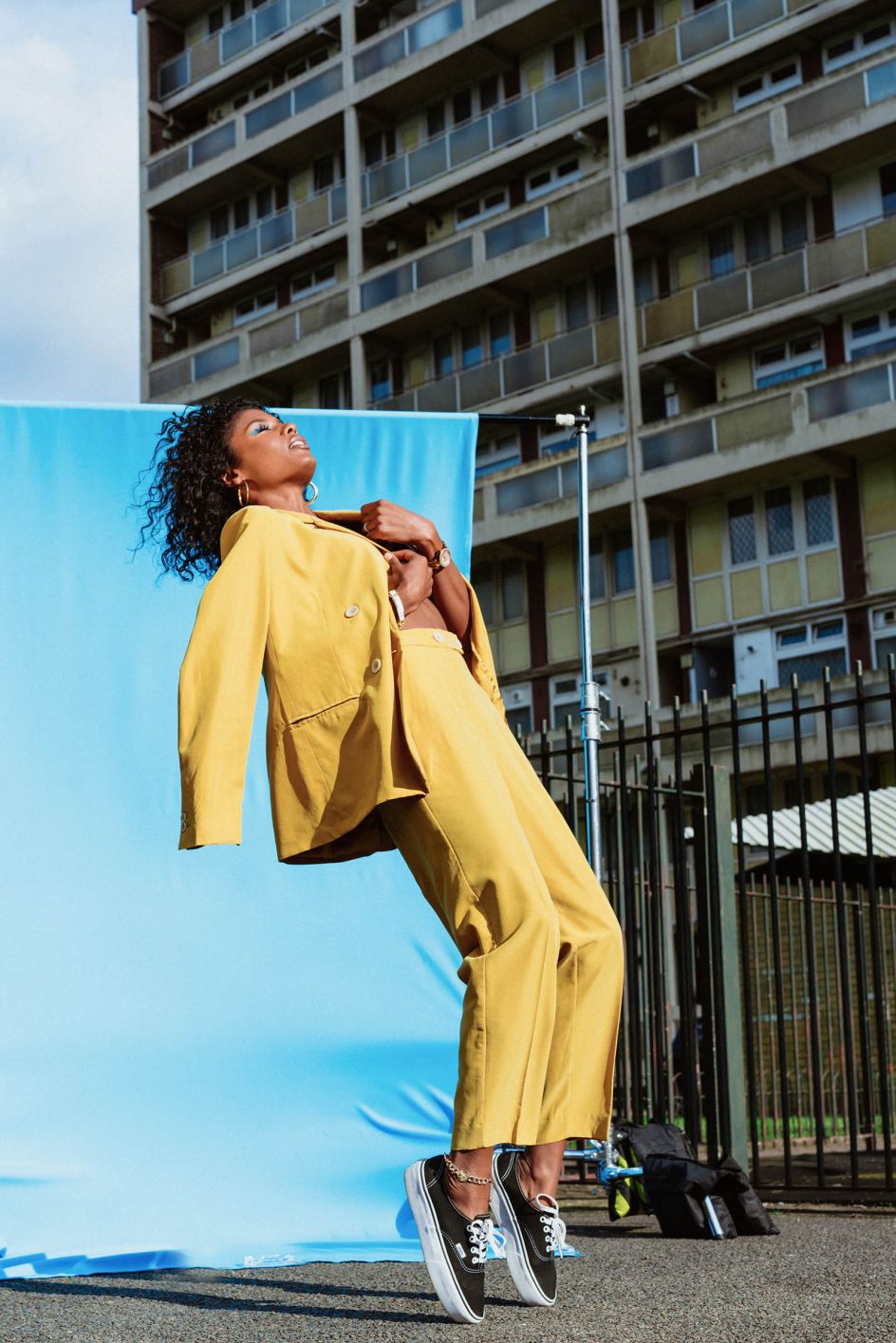
© Brunel Johnson. Courtesy of the artist and Studio PI
Tell us about some of the creatives you represent?
The final roster of talent includes Kofi Paintsil, Philipp Raheem, Martina Lang, Ejatu Shaw, Brunel Johnson, Jameela Elfaki, Ming Tang-Evans, Chantel King, Eddie Blagbrough, Selman Hoşgör, Ngadi Smart, Janice Chang, Harriet Noble, Sinem Erkas, Daryl Rainbow, Sneha Shanker, Gem D'Souza, Frieda Ruh, Alexis Tsegba and Ana Yael.
All of our artists are exceptionally talented individuals, and their work speaks for itself. But If I had to spotlight a few, I would suggest the following four photographers and four illustrators:
Chantel King is a London-based beauty and fashion photographer who grew up in a working-class, single-parent family. She built her own photographic experience and style for visual storytelling while working as an assistant to photographer Matthew Shave.
As a black female photographer, she is aware of the lack of people like her in front of and behind the camera, and she strives to reflect everyone in society in her work. She recently did a shoot for Revolution Beauty that involved an all-female, all-black crew, and was shot in a black-owned studio to authentically support the black beauty community.
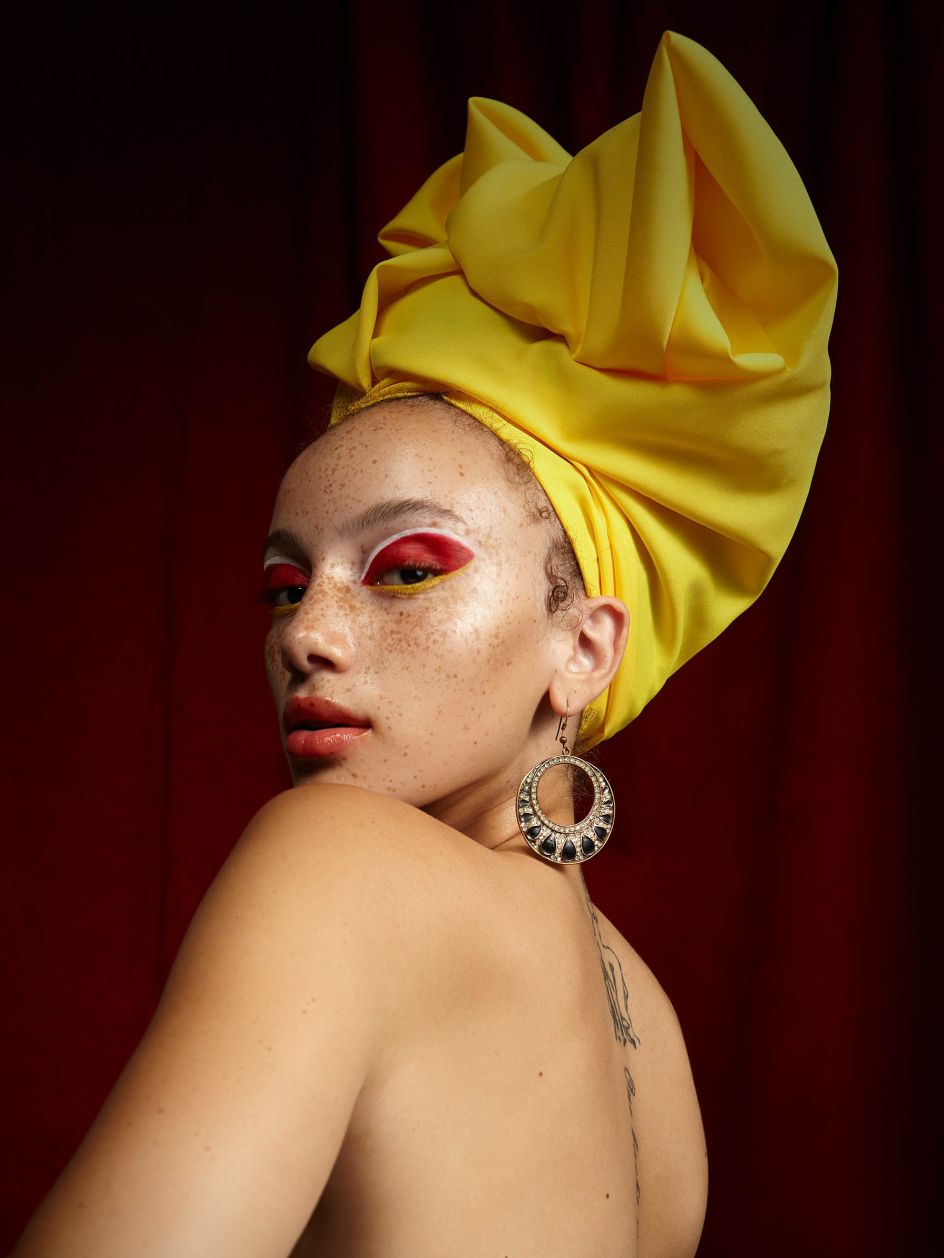
© Chantel King. Courtesy of the artist and Studio PI
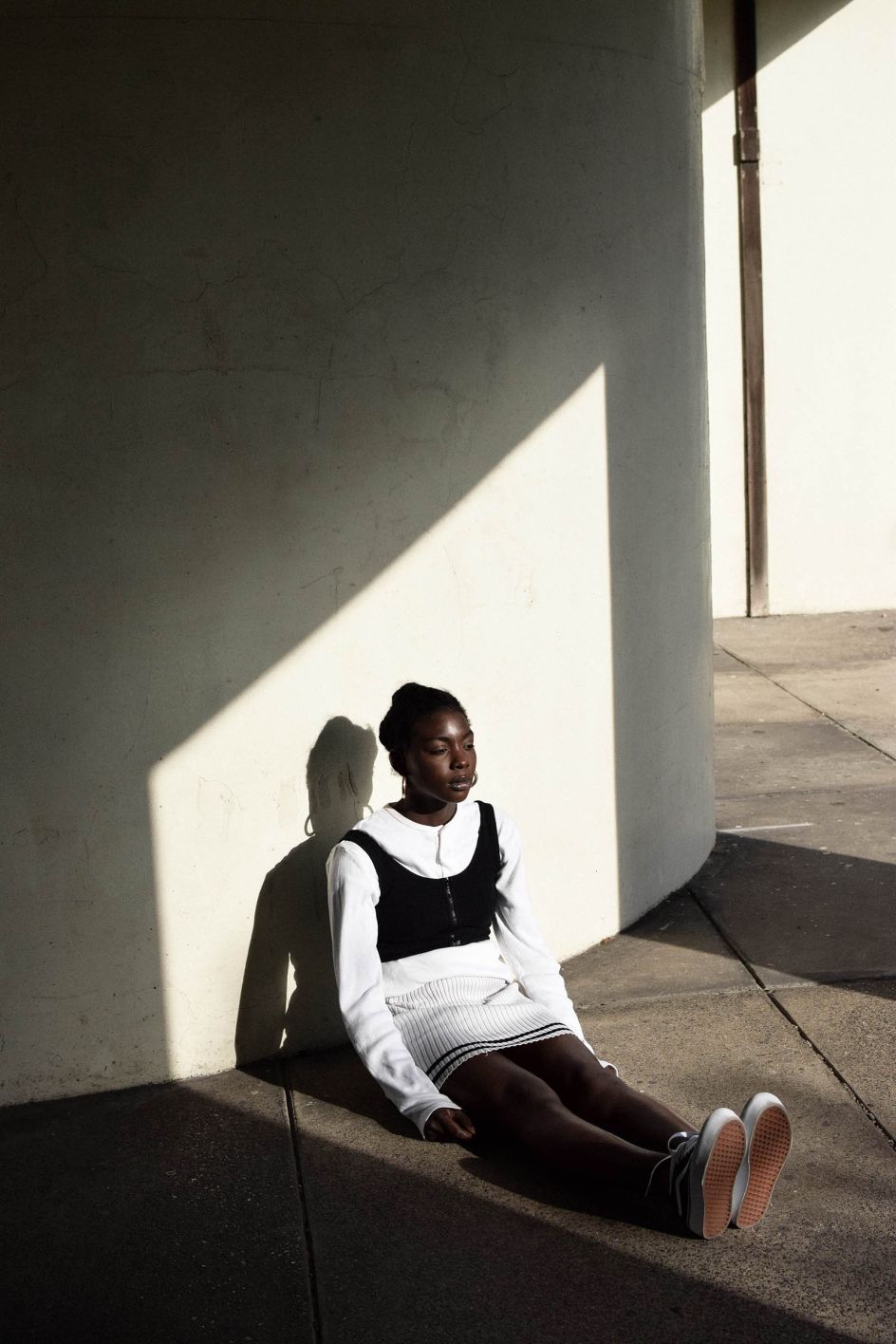
© Ejatu Shaw. Courtesy of the artist and Studio PI
Ejatu Shaw is a fashion and documentary photographer who is currently pursuing her MA in photographic arts. Exploring identity, Ejatu often uses self-portraiture to reflect on powerful themes. She is passionate about lifting the black gaze and proud to be a black female photographer.
Her documentary photography has included projects in Sierra Leone, supporting the Salone School Supply Scheme, which provides art materials and creative workshops for needy pupils. She is currently working on creating videos about photography theory and has the ambition to run workshops with budding young photographers in her local community.
Elsewhere, Brunel Johnson is a documentary photographer also working in commercial sports and lifestyle fields. He is based in north-west London and capturing life on the streets of his city is one of his favourite subjects.
He has worked with Adidas and Timberland, and his commercial commissions include Adidas Hardwire 2019 featuring Mohamed Salah, Lionel Messi and Paul Pogba. His personal work includes It's My Hair – an ongoing project that focuses on the skill and effort that goes into maintaining Afro hair, and the prejudices Afro-Caribbean people experience because of their hair and skin colour.
Brunel responds to a brief by getting inside his subject, absorbing the "story" so his response is instinctive. He has also developed a passion for film directing and recently made a short called 'Dream' which focussed on estate football and how the dynamics have changed over the years with more females participating.
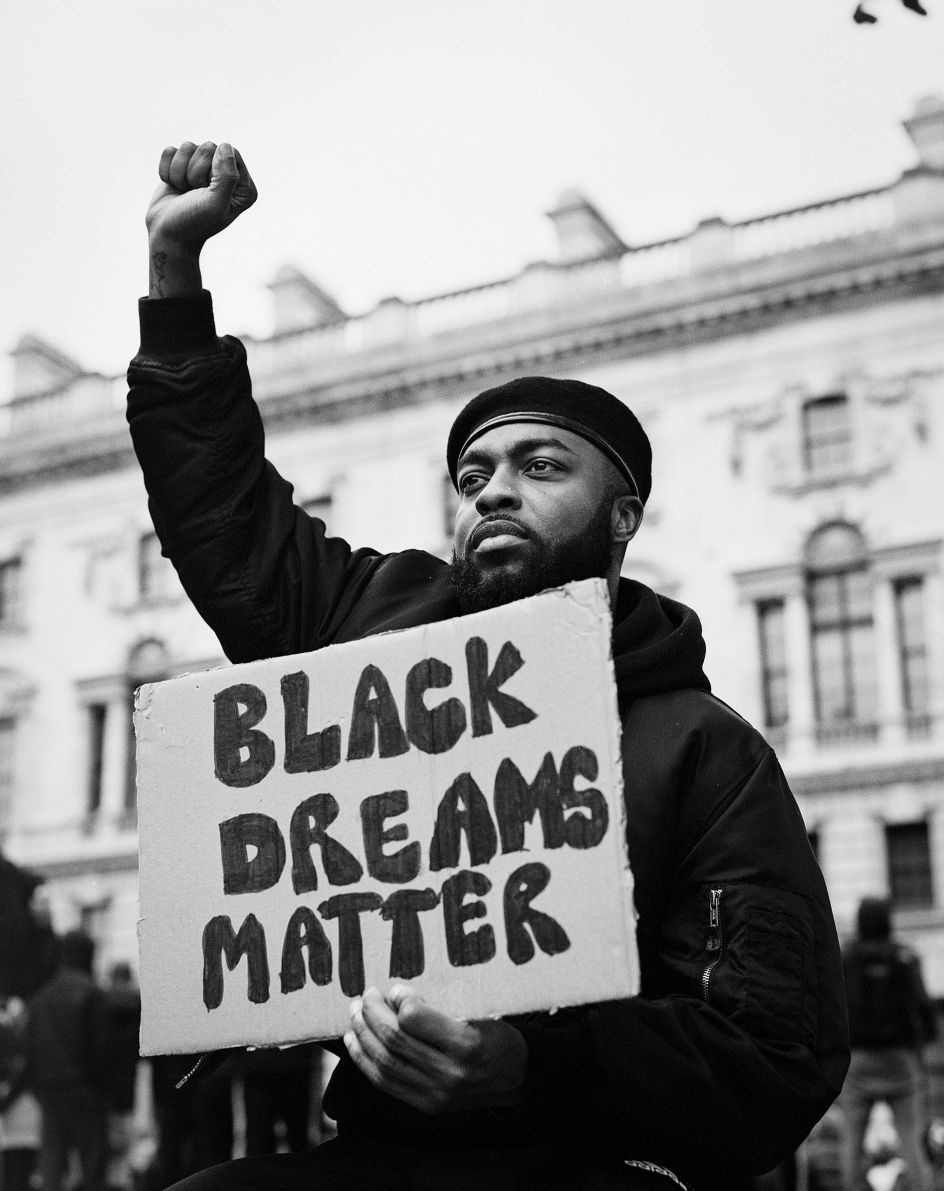
© Brunel Johnson. Courtesy of the artist and Studio PI
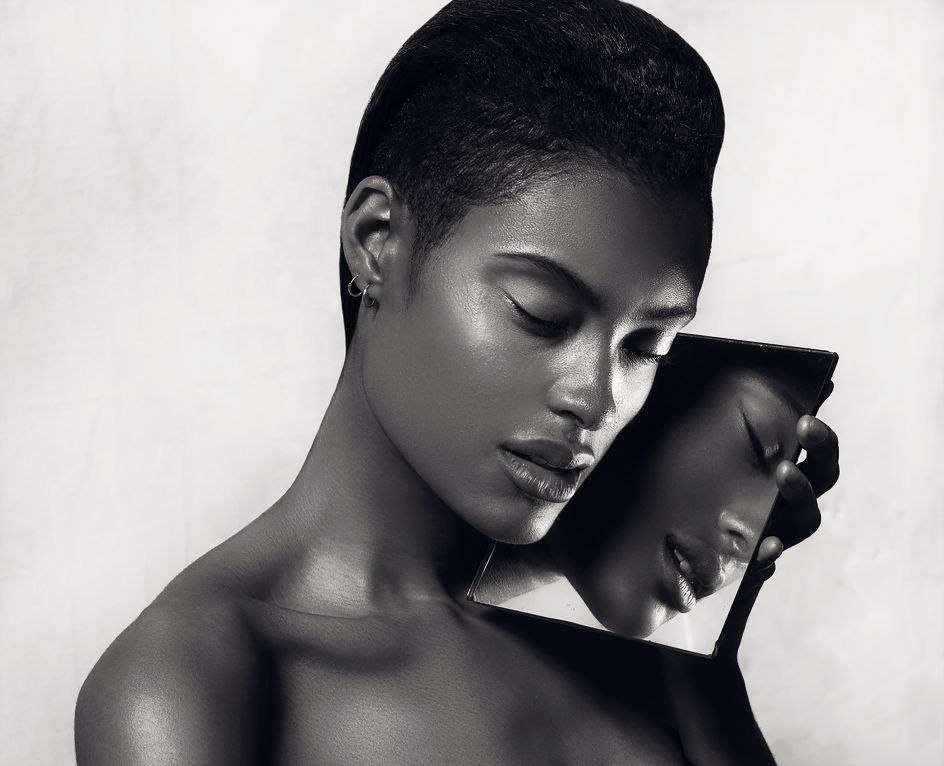
© Kofi Paintsil. Courtesy of the artist and Studio PI
Then there's Kofi Paintsil, a multidisciplinary photographer operating in London. As a passionate visual artist, Kofi also draws on his skill for illustration and an eye for the moving image. He completed an art foundation at Camberwell College of Arts, with thoughts of being an illustrator or sculptor before, as he puts it, "photography and I found each other".
After completing his BA in photography and history of art at Middlesex University, he started to work in fashion photography, learning more about his craft as a studio assistant to some of the world's top fashion photographers.
Whether working in fashion or portraiture, capturing the movement of a dance or exploring the nude form, Kofi has developed a visual language that embraces his many disciplines and focuses on space, shape and light.
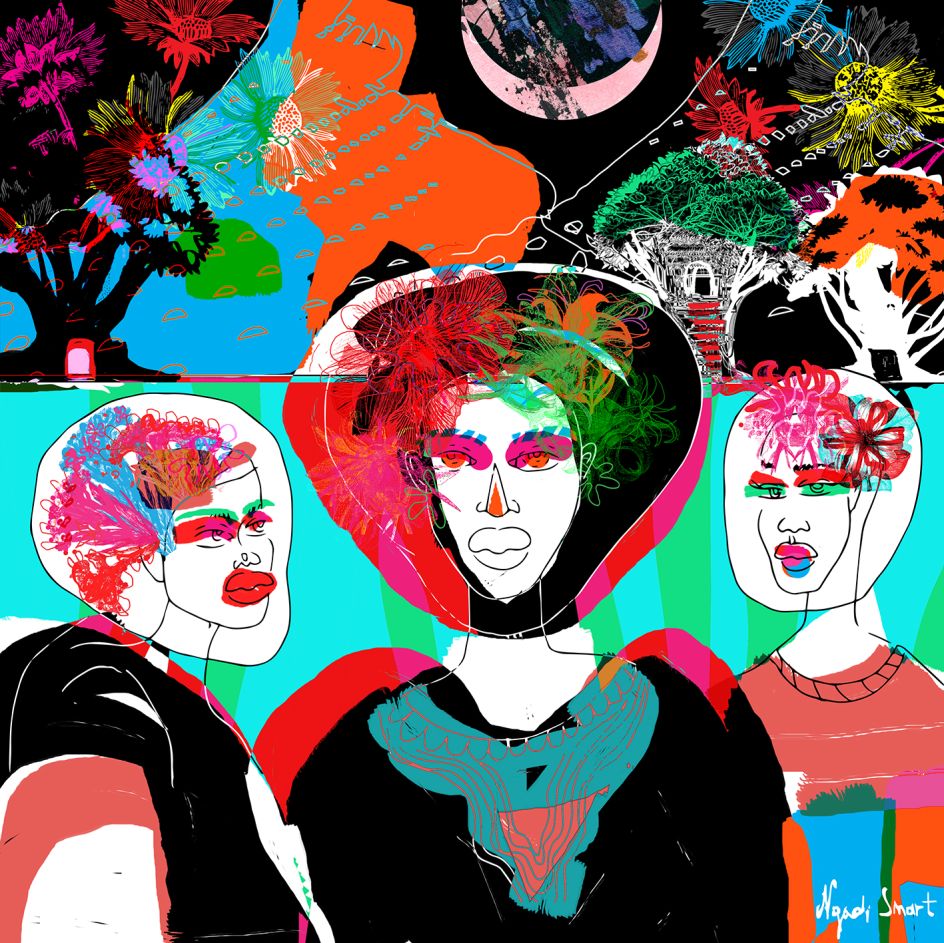
© Ngadi Smart. Courtesy of the artist and Studio PI
Ngadi Smart is a visual artist from Sierra Leone and divides her time between the UK and Côte D'Ivoire. Her work plays with texture and is colourful and unapologetic. She likes to deconstruct mainstream society's preconceived views of what the definitions of "normal", "beautiful" and "right" are.
While graphic illustrator Sinem Erkas works with a pop style in digital forms, 3D photo-illustration and paper collage. Feminism plays an important part in Sinem's work and her first illustrated book, The Girl Guide, has been published in more than a dozen languages. Her latest book series for children, Work It, Girl, champions the achievements of modern women, using 3D cut paper artwork.
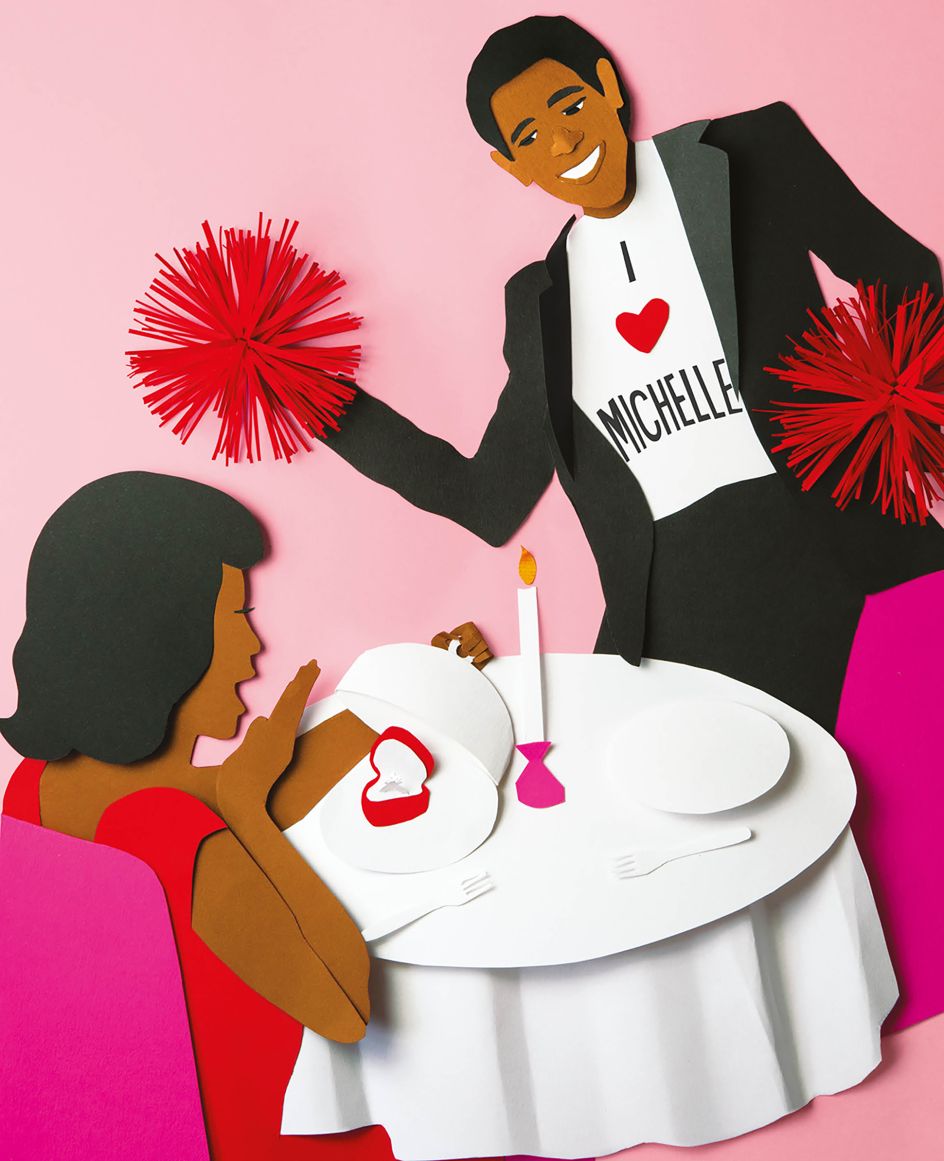
© Sinem Erkas. Courtesy of the artist and Studio PI

© Daryl Rainbow. Courtesy of the artist and Studio PI
Filipino-born and raised in London, Daryl Rainbow uses his colourful and distinctive technique to explore political themes as well as lifestyle, cultural cinema and sport. A lifelong football fan, Daryl was inspired to explore sports illustration when he saw magazines like Mundial approaching football from a fresh angle. His commissions include the Adidas London Ready for Sport campaign and a grassroots football project with men's grooming brand Harry's and Mundial.
And there's Selman Hoşgör, a multidisciplinary visual artist working in London. He creates collages that combine photographs, typography and lively colour. Among his clients are Apple, Pirelli, Bulgari and Longines Masters, and he has illustrated for Vanity Fair, Vogue Turkey, The Guardian, The Economist and Elle USA. Selman discovered that collage best expresses his personality. He likes to respond to a brief by sourcing his own imagery, and it is only during the creative process that bright colours inspire him "in the moment".
To find out more about Studio PI, visit Studiopi.co.uk. Or follow its updates on Instagram. Our thanks to Sachini for sharing her story.
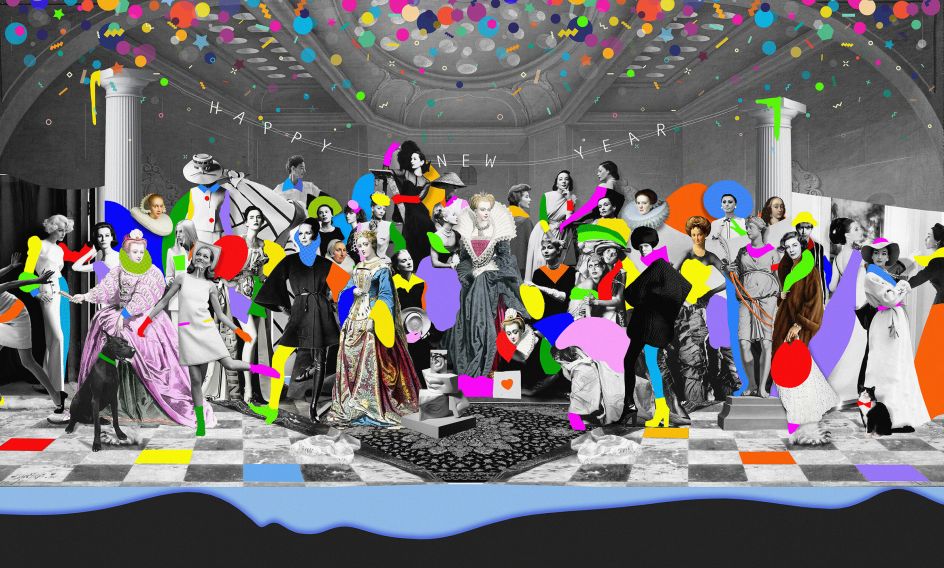
© Selman Hosgor. Courtesy of the artist and Studio PI

















